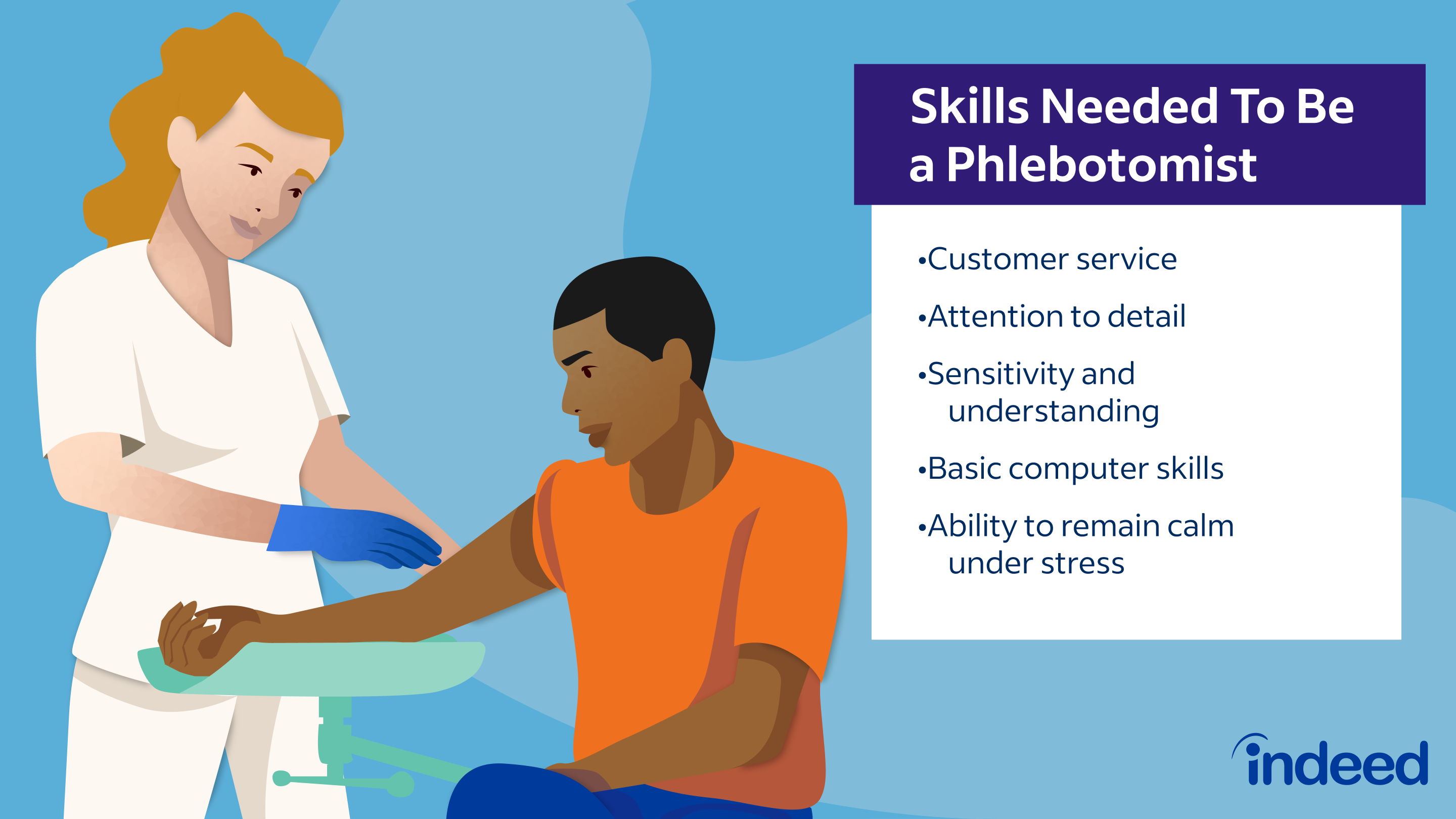How Northeast Medical Institute - New Haven Campus Phlebotomy Course & Cna Class can Save You Time, Stress, and Money.
How Northeast Medical Institute - New Haven Campus Phlebotomy Course & Cna Class can Save You Time, Stress, and Money.
Blog Article
The 15-Second Trick For Northeast Medical Institute - New Haven Campus Phlebotomy Course & Cna Class
Table of ContentsGetting The Northeast Medical Institute - New Haven Campus Phlebotomy Course & Cna Class To WorkThe Greatest Guide To Northeast Medical Institute - New Haven Campus Phlebotomy Course & Cna ClassFascination About Northeast Medical Institute - New Haven Campus Phlebotomy Course & Cna ClassGetting My Northeast Medical Institute - New Haven Campus Phlebotomy Course & Cna Class To WorkSome Of Northeast Medical Institute - New Haven Campus Phlebotomy Course & Cna ClassSee This Report about Northeast Medical Institute - New Haven Campus Phlebotomy Course & Cna Class
Nevertheless, the use of such tools need to be accompanied by other infection avoidance and control techniques, and training in their usage. Not all safety devices apply to phlebotomy. Before selecting a safety-engineered device, users should thoroughly investigate available tools to establish their ideal usage, compatibility with existing phlebotomy methods, and efficiency in safeguarding team and individuals (12, 33).For settings with reduced resources, price is a driving variable in procurement of safety-engineered tools. Where safety-engineered gadgets are not readily available, competent usage of a needle and syringe is acceptable.
In the blood-sampling area for an outpatient department or facility, give a comfortable reclining sofa with an arm remainder.
An Unbiased View of Northeast Medical Institute - New Haven Campus Phlebotomy Course & Cna Class
Guarantee that the signs for blood sampling are plainly defined, either in a created protocol or in recorded instructions (e.g. in a lab type). Accumulate all the equipment needed for the procedure and location it within secure and easy reach on a tray or cart, guaranteeing that all the things are clearly visible.
Where the patient is adult and mindful, adhere to the steps detailed listed below. Introduce yourself to the individual, and ask the individual to mention their complete name. Check that the lab kind matches the person's identification (i.e. match the patient's details with the research laboratory type, to make sure exact recognition). Ask whether the license has allergic reactions, anxieties or has ever fainted during previous shots or blood attracts.
Make the individual comfortable in a supine position (when possible). Location a tidy paper or towel under the person's arm. Talk about the test to be done (see Annex F) and acquire spoken approval. The individual has a right to decline an examination at any type of time before the blood sampling, so it is essential to ensure that the patient has understood the treatment.
Some Of Northeast Medical Institute - New Haven Campus Phlebotomy Course & Cna Class
Prolong the person's arm and examine the antecubital fossa or lower arm. Locate a blood vessel of a good dimension that shows up, straight and clear. The representation in Area 2.3, shows typical placements of the vessels, but lots of variants are possible. The mean cubital vein lies in between muscle mass and is normally the most simple to pierce.
DO NOT put the needle where veins are diverting, since this raises the opportunity of a haematoma. The blood vessel should show up without applying the tourniquet. Locating the capillary will certainly aid in identifying the proper dimension of needle. Use the tourniquet about 45 finger widths above the venepuncture site and re-examine the vein.
Specimens from central lines carry a threat of contamination or erroneous research laboratory test outcomes. It is acceptable, however not optimal, to attract blood specimens when first presenting an in-dwelling venous device, prior to connecting the cannula to the intravenous liquids.
A Biased View of Northeast Medical Institute - New Haven Campus Phlebotomy Course & Cna Class
Failing to permit adequate contact time increases the risk of contamination. DO NOT touch the cleaned site; in specific, DO NOT put a finger over the blood vessel to lead the shaft of the revealed needle.
Ask the person to form a fist so the veins are much more popular. Go into the capillary quickly at a 30 degree angle or less, and continue to introduce the needle along the vein at the easiest angle of entry - PCT Courses. Once sufficient blood has actually been collected, launch the tourniquet prior to withdrawing the needle
The Best Guide To Northeast Medical Institute - New Haven Campus Phlebotomy Course & Cna Class
Withdraw the needle gently and apply mild pressure to the site with a tidy gauze or dry cotton-wool round. Ask the patient to hold the read this post here gauze or cotton wool in area, with the arm expanded and raised. Ask the individual NOT to bend the arm, due to the fact that doing so triggers a haematoma.

The Buzz on Northeast Medical Institute - New Haven Campus Phlebotomy Course & Cna Class
Do not press the syringe plunger due to the fact that additional pressure boosts the threat of haemolysis. Where possible, keep the tubes in a shelf and move the rack towards you. Inject downwards into the proper coloured stopper. DO NOT get rid of the stopper because it will release the vacuum. If the sample tube does not have a rubber stopper, inject very slowly into television as reducing the pressure and speed used to transfer the specimen decreases the risk of haemolysis.

Report this page